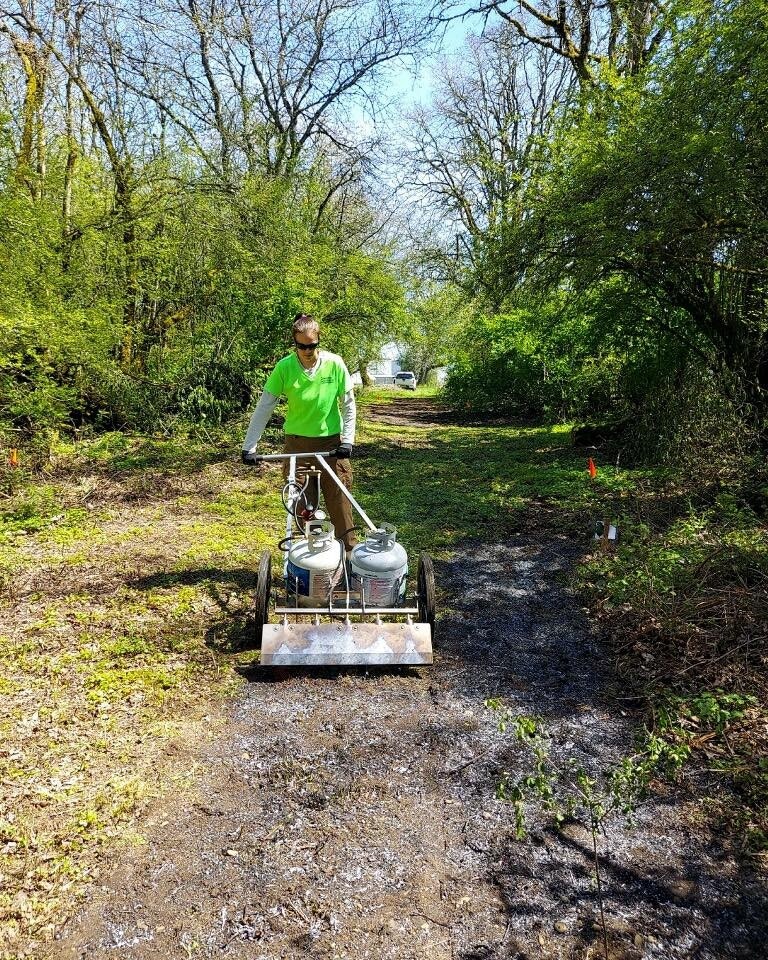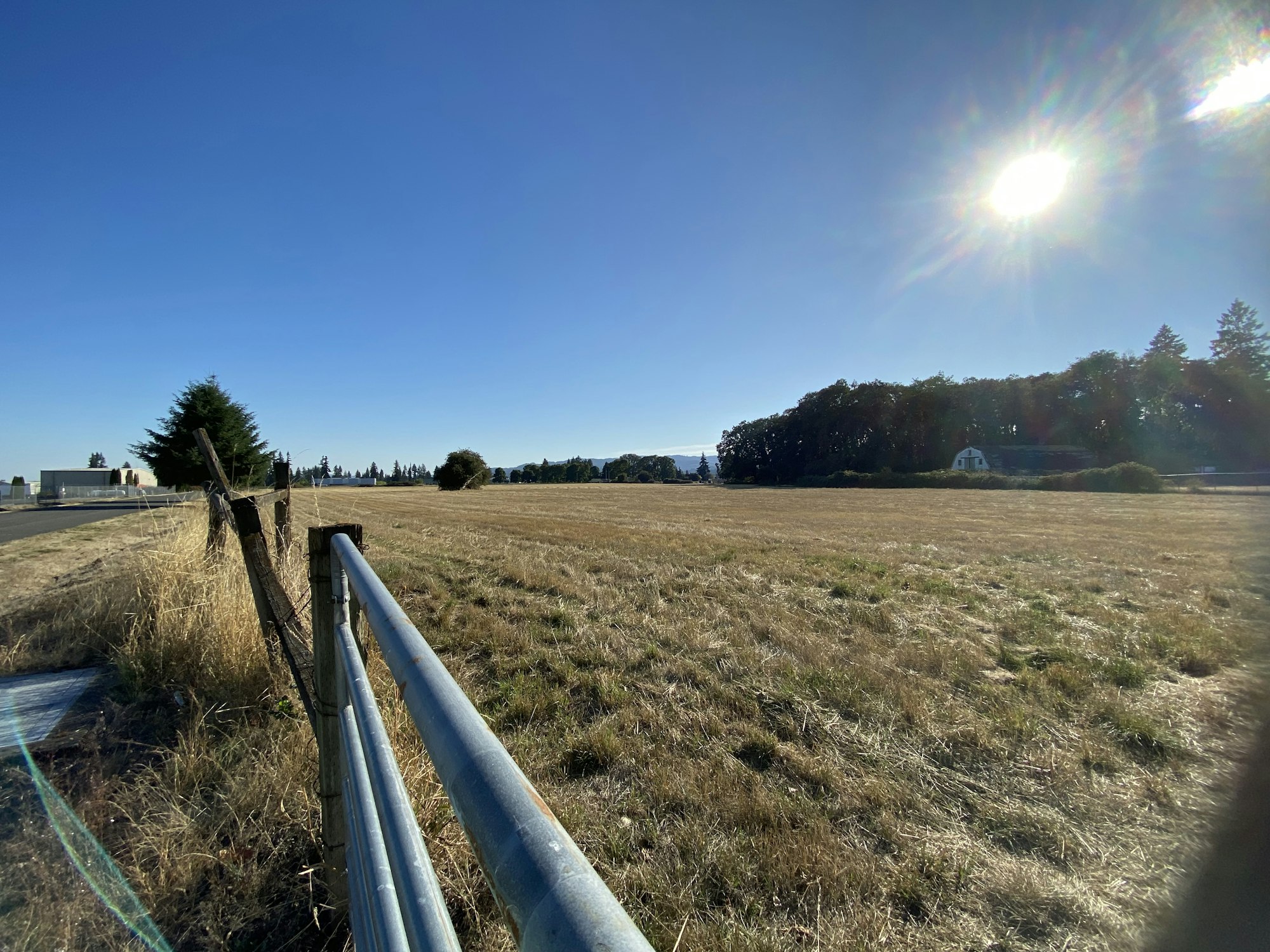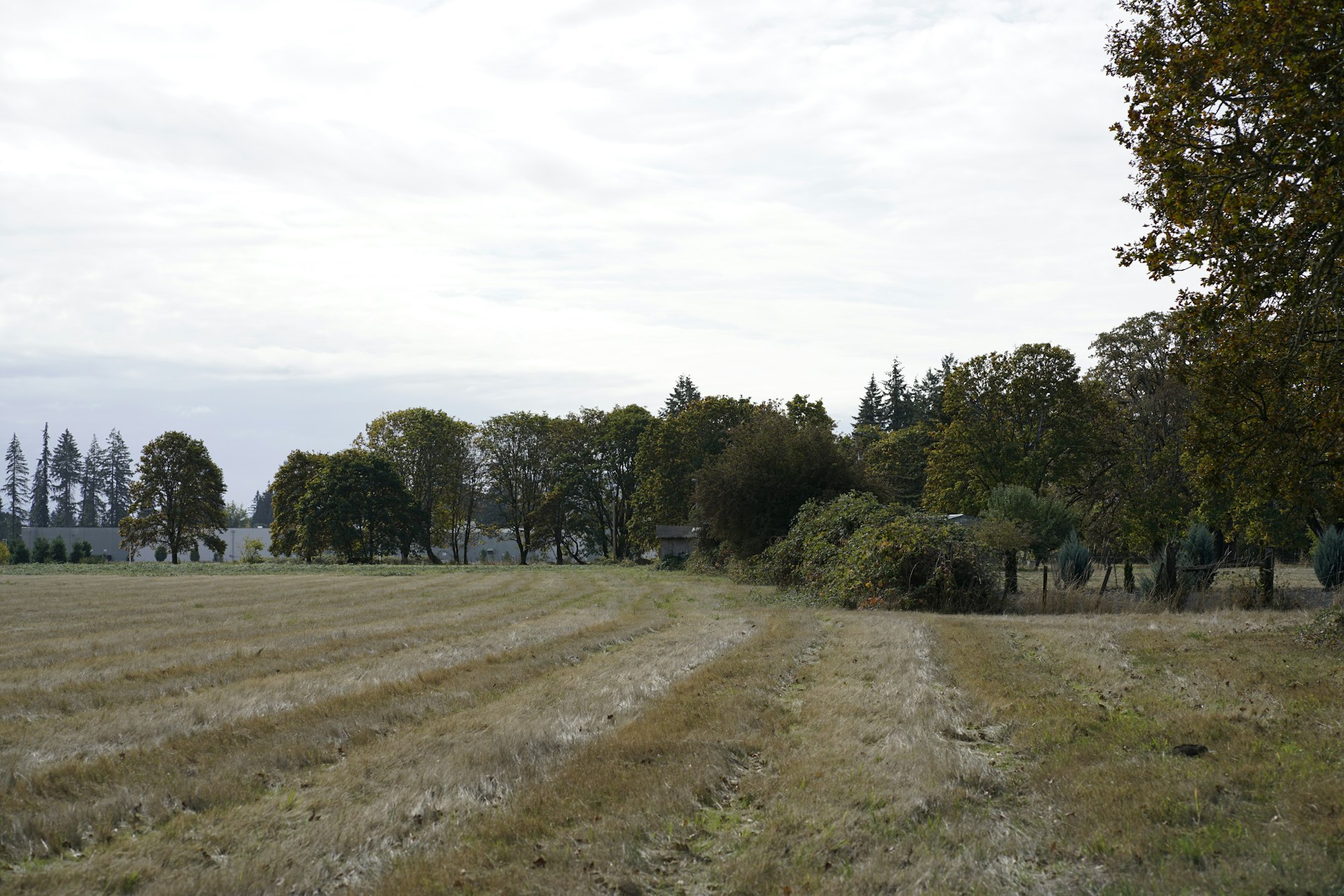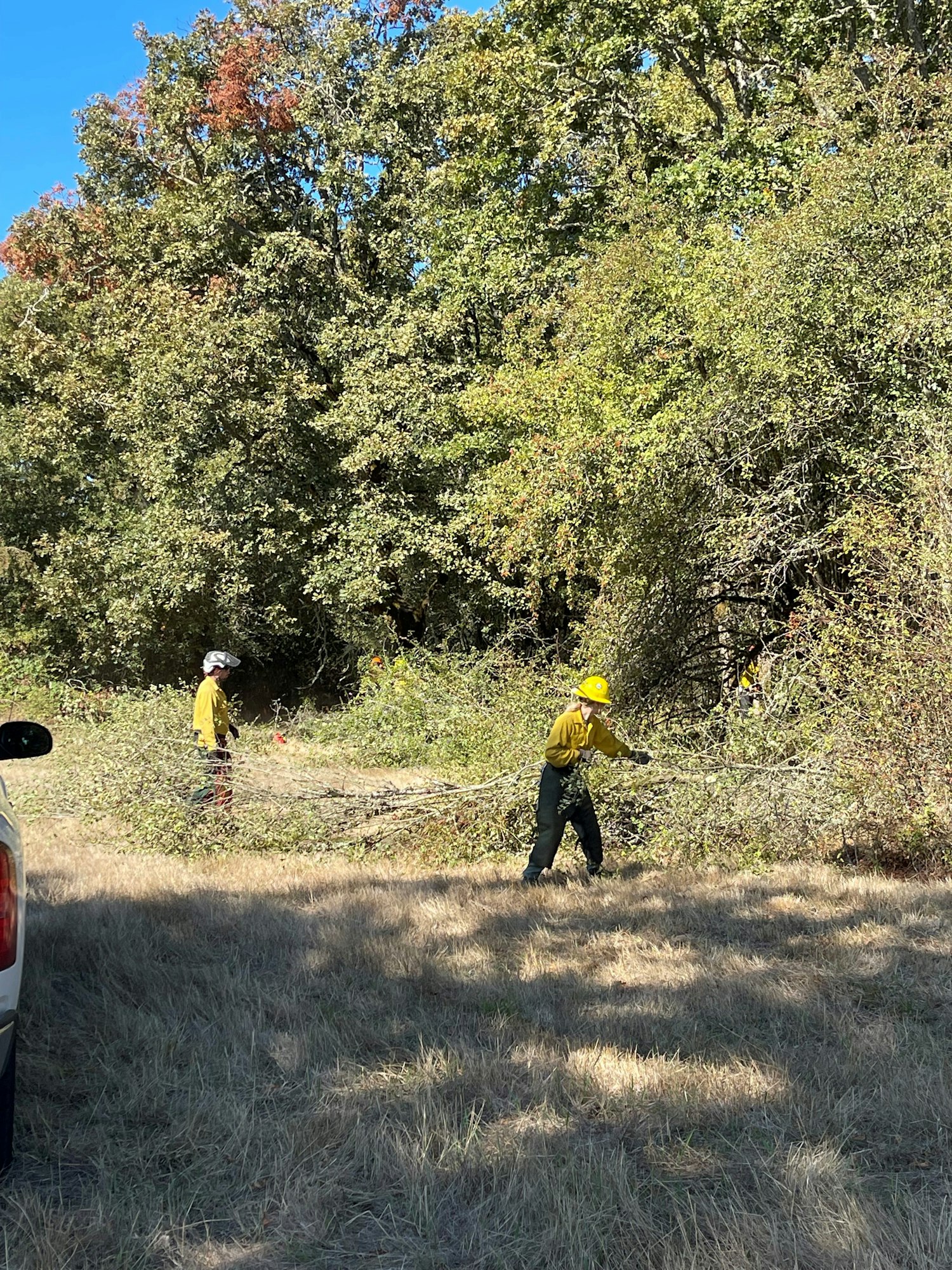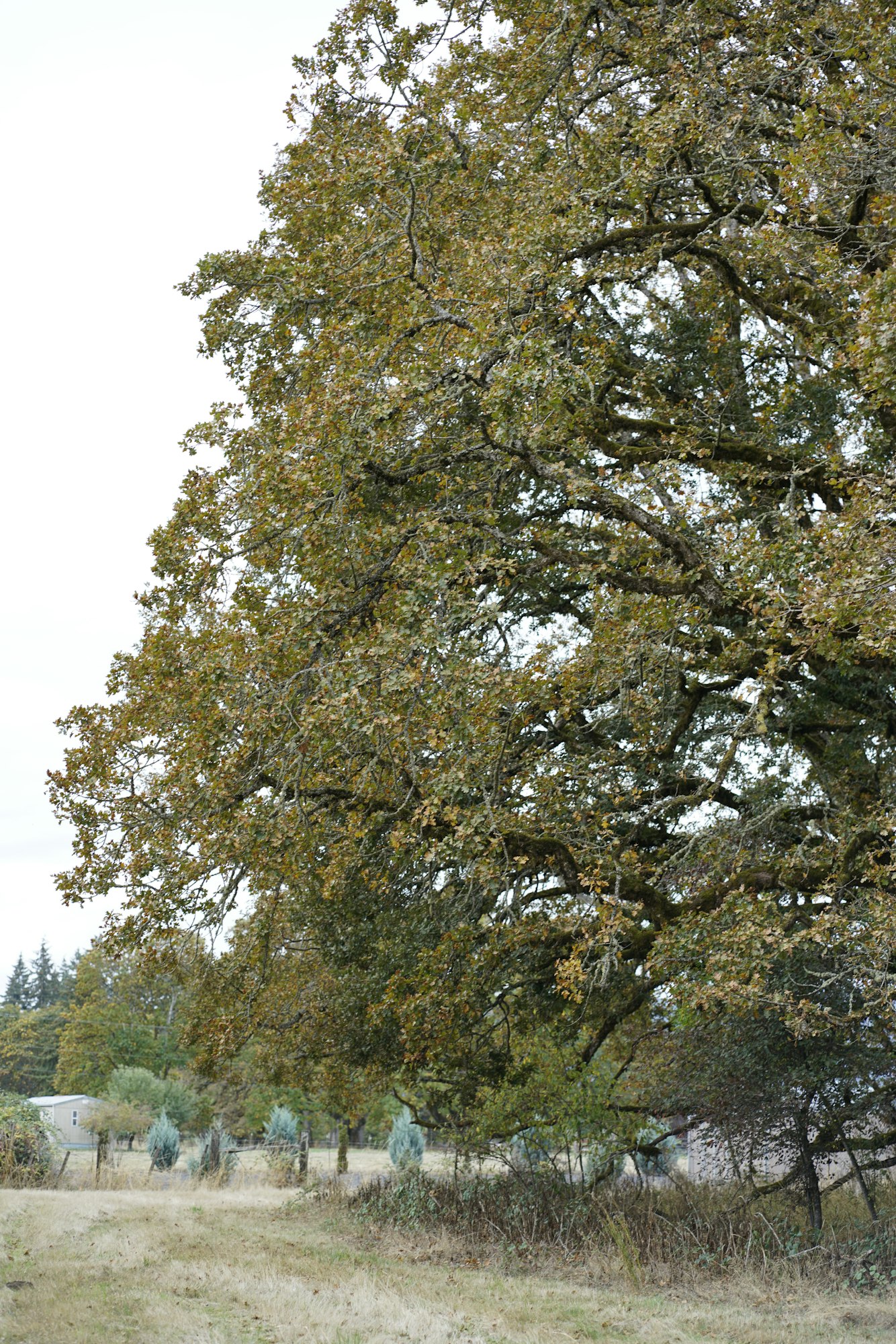Scappoose Oak Habitat Restoration & Education
The Scappoose Oak Habitat Restoration & Education project is a collaborative effort led by Columbia SWCD to restore and enhance critical Oregon white oak habitat in Columbia County. The restoration efforts will improve habitat quality, increase biodiversity, and provide educational opportunities for the community.
Location: This project is located near the Scappoose Airport on a property owned by the Port of Columbia County, at the northern tip of the Willamette Valley ecoregion and is part of the Multnomah Channel Bottomlands.
Partners: Port of Columbia County, Oregon Department of Forestry (ODF), US Fish &
Wildlife Service, Natural Resource Conservation Service (NRCS), and volunteers
Funding: The Oregon Watershed Enhancement Board (OWEB)
Awarded Amount: $88,715.00
Start Date: October 2024
The Scappoose Oak Habitat Restoration & Education project, led by Columbia SWCD, aims to restore and enhance critical Oregon white oak habitat in Columbia County. With only 5-6% of historical oak woodlands remaining in the Willamette Valley and Coastal ecoregions, the preservation and restoration of these areas are crucial for supporting wildlife such as Acorn woodpeckers, White-breasted nuthatches, and Western Gray Squirrels. Columbia County has limited opportunities for oak restoration projects and public education on healthy oak ecosystems, making this effort especially valuable. The project, located on public land managed by the Port of Columbia County, seeks to improve habitat quality, increase biodiversity, and provide educational opportunities.
The restoration focuses on 25.6 acres of oak habitat, including two oak woodland sites and an adjacent field that will be converted into an oak savannah. These areas are currently overcrowded and overrun with non-native English hawthorn, which stifles oak growth and prevents native understory species from thriving. The understory is also severely impacted by invasive species such as Garlic mustard, Himalayan blackberries, Shiny geranium, and Poison hemlock. To address these issues, Columbia SWCD will work with agency partners and volunteers to remove invasive plants, thin overcrowded trees, and replant native understory vegetation. Habitat enhancements will include installing bird and bat boxes, while public engagement efforts will involve volunteer work parties, interpretive signage, and educational workshops.
The restoration work will support biodiversity, increase climate resilience by promoting drought- and fire-resistant oak trees, and foster community involvement through hands-on restoration activities. Long-term stewardship efforts will ensure the site serves as a valuable educational resource for oak habitat conservation. Community members are encouraged to participate in restoration events, wildlife monitoring, and educational activities, with updates available through Columbia SWCD.
This project is slated for completion in the Fall of 2029.





